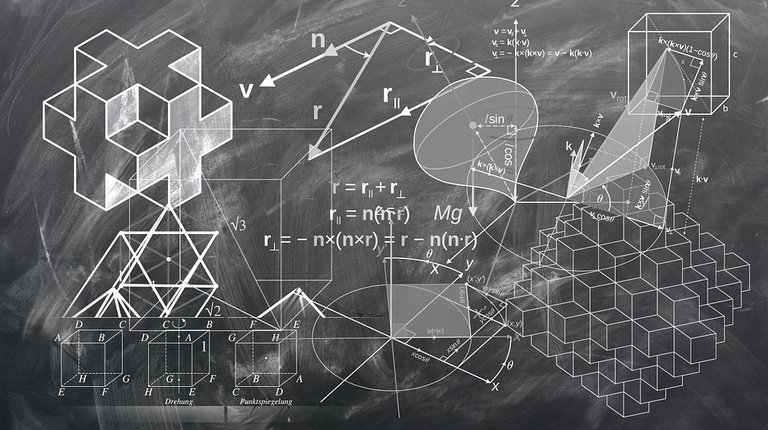Ways of interaction of sciences
In fact, the scientific picture of the world is the totality of all knowledge about the surrounding nature. This knowledge consists not only of individual experimental facts about natural phenomena accumulated by mankind at a certain moment of time but also, being creatively meaningful scientists, they appear in the form of observed regularities or laws formulated in interrelated numerous scientific theories, concepts, hypotheses that reveal the hidden inner the essence of externally observed natural phenomena. The formation of statistically significant, stable and repeating laws, as well as the disclosure of the essence of observed phenomena, is one of the main goals of any scientific research, expressed in philosophical categories.
There are several types of experiment and, accordingly, modeling. Modeling not only accompanies the conduct of most experiments, but also underlies almost all scientific concepts.
In a physical or natural experiment, the objects or phenomena of the surrounding world are examined directly. If the research is conducted using some physical effect that reflects the natural phenomenon, then it is a question of physical modeling.
Another common type of simulation involves the formation of systems of differential, integral or algebraic equations describing natural phenomena or objects, and finding their solutions in the light of changing initial conditions. A similar procedure is called mathematical modeling. It is especially effective in the study of complex processes, when in order to understand the essence of phenomena it is necessary to consistently change a large number of different parameters.
Each miscalculation of the mathematical model, performed with the help of computer technology, will yield its own numerical result.

That is why when using simulation models it is quite natural to talk about conducting a mathematical experiment. The adequacy of the results obtained in this case by what takes place in reality depends wholly on the correctness of the originally constructed mathematical model. As the practice of this kind of research shows, it is always preferable to study several simplified models, rather than one supercomplex.
The origins of this rule lie in the statement of one of the founders of cybernetics, the English mathematician A. Turing (1912-1954), who believed that it was pointless to create a model completely identical to the real object, since the complexity of studying such a model would correspond exactly to the complexity of the modeling object itself.
The practical value of a supercomplex simulation model may turn out to be close to zero, as it turned out that with their help it is sometimes impossible to make any at least some realistic forecasts.
Summarizing the above, it can be noted that the joint use of general scientific methods usually enhances the effectiveness of their action. In support of this, we should dwell on the importance and role of observation as a method of purposeful perception of information about an object of interest or a phenomenon without any interference in them by the observer.
However, analyzing the structure of any experiment, one can find in its composition the phase of observation of the behavior of an object or a phenomenon even after the effects on the experimenter. Thus, it turns out that observation can be considered as an integral part of any experiment.
At the same time, many costly experiments, for example in the field of space research, are often organized for the sole purpose of observing objects or phenomena in their natural form, without giving them, if possible, any impact on the part of the observer. In other words, the experiment itself in this case acts as an integral part of the observation.
To be continued
И к чему мы придём с таким взаимопроникновением наук?
К одной науке? Всеединой?
Очень может быть...
так и думал, что так ответите
Почему?
К чему-то ...
Сейчас открытия только на стыке наук делаются...
не особо согласен ну да ладно
С чем не согласен?
С посылом)
НО проехали)
Видимо, про стык
Почти)
Ну да, структура знания меняется
И ещё как меняется!
Угу.
К добру ли?
Ну, математические модели - с середины прошлого века.
Правда, не припомню, чтоб для гум. наук...
А психология?
А это, видимо, не наука
Да простят меня психологи.
Скорее всего, ближе к искусству
Картинки с каким-то внутренним, ускользающим смыслом подобраны
Рефлексия в науке?